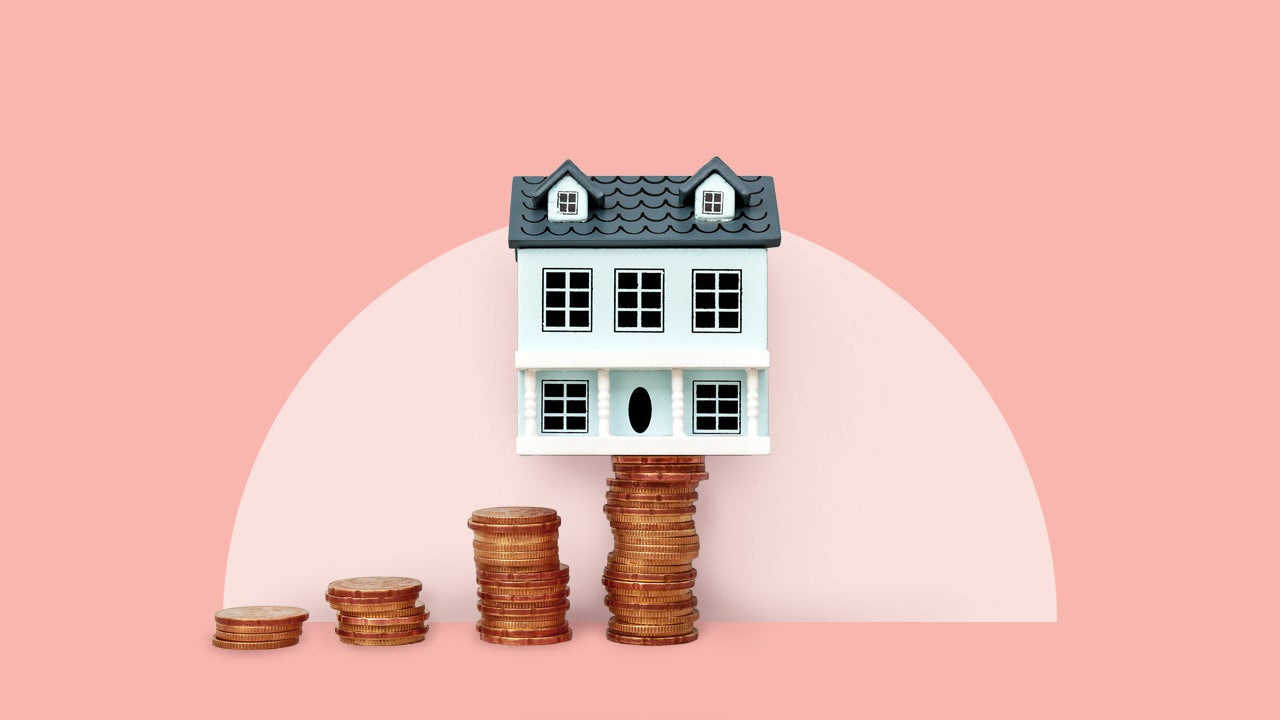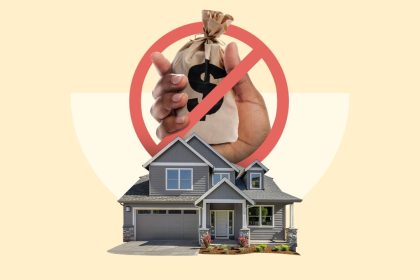Image by GettyImages; Illustration by Bankrate
A standout week for the average $30,000 home equity line of credit (HELOC): It dropped to a two-year low of 8.12 percent, according to Bankrate’s national survey of lenders. Meanwhile, the average $30,000 home equity loan was flat, holding at 8.40 percent, its lowest this year.
Home equity rates will continue to decline throughout the rest of 2025, creating opportunities for homeowners looking to tap into their equity, predicts Adam Hamilton, CEO of REI Hub, a rental property management software company based in Richmond, Virginia. “At present, HELOCs are beating out HELoans with slightly better rates, so they may prove to be the better option for homeowners trying to decide between the two.” The more volatile credit lines have soared above the fixed-rate loans for much of the past two years, but the gap began closing last November.
| Current | 4 weeks ago | One year ago | 52-week average | 52-week low | |
|---|---|---|---|---|---|
| HELOC | 8.12% | 8.26% | 9.09% | 8.92% | 8.12% |
| 10-year home equity loan | 8.54% | 8.57% | 8.93% | 8.64% | 8.46% |
| 15-year home equity loan | 8.48% | 8.52% | 8.93% | 8.60% | 8.37% |
| Note: The home equity rates in this survey assume a line or loan amount of $30,000. | |||||
What’s driving home equity rates today?
Both home equity loans and HELOC sare down substantially from the highs of this time in 2024. Greg McBride, chief financial analyst at Bankrate, forecasts that rates will continue to decline in 2025, especially those of HELOCs. They will average 7.25 percent, he thinks — which would be their lowest level in three years.
The demand for HELOCs and HELoans is being driven by two factors: lender competition — as banks and mortgage companies try to attract applicants with low-for-a-limited-time loan terms — and the Federal Reserve’s actions. The central bank cut interest rates three times in late 2024, and indicated cuts would continue this year. (It did put on the breaks at its January meeting, though, moving cautiously as it keeps an eye on inflation.)
“I expect the economy is still going to continue to grow at a slower, but still solid pace,” McBride says. “An environment where the economy is in good shape and homeowners have a pile of equity to draw from is also conducive to more marketing efforts and things like introductory rates. The forecast of where the HELOC rate is going to be at the end of the year encompasses not just the effects of what I expect to be three rate cuts from the Fed, but also one where we’re seeing more introductory offers and lower rates.”
What influences home equity rates?
Several factors can influence interest rates on HELOCs and new home equity loans. That includes the prime rate, which is tied to Federal Reserve monetary policy. When the Fed raises rates, borrowing costs on equity-based loans tend to go up. The opposite tends to happen when it lowers rates.
To be sure, the Fed’s moves influence interest rates on a variety of credit products. However, because HELOCs and home equity loans are linked to your home as collateral, those rates tend to be much less expensive — more akin to current mortgage rates — than the interest charged on credit cards or personal loans, which aren’t secured.
Home equity rates vs. rates on other types of credit
The Fed’s monetary policy influences interest rate trends overall and the rates lenders advertise. Of course, the individualized offer you receive on a particular HELOC or new home equity loan reflects an additional factor: your creditworthiness — specifically your credit score and debt-to-income ratio. Then there’s the value of your home and your ownership stake, especially vis-à-vis the amount you want to borrow. Lenders generally allow your home-based loans (including your mortgage) to be 80 to 85 percent of your home’s worth.
Some people may be more conservative in tapping their equity, since what’s paramount is “paying off the loan as fast as they can,” says Fred Bolstad, head of retail lending at U.S. Bank. “For other people, it’s all about [increasing] cash flow, and so they want to leverage their home to the fullest.”
Read the full article here





